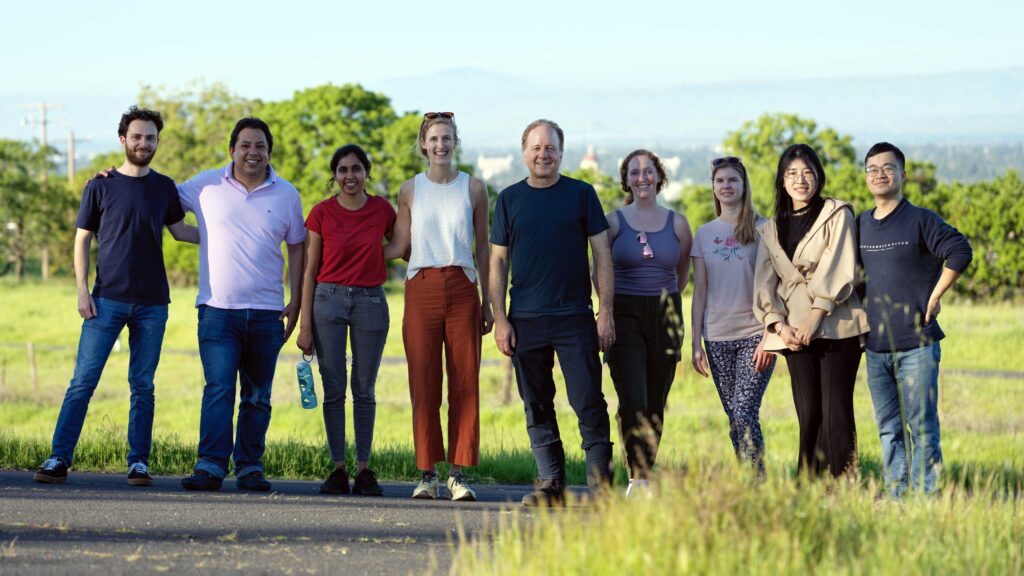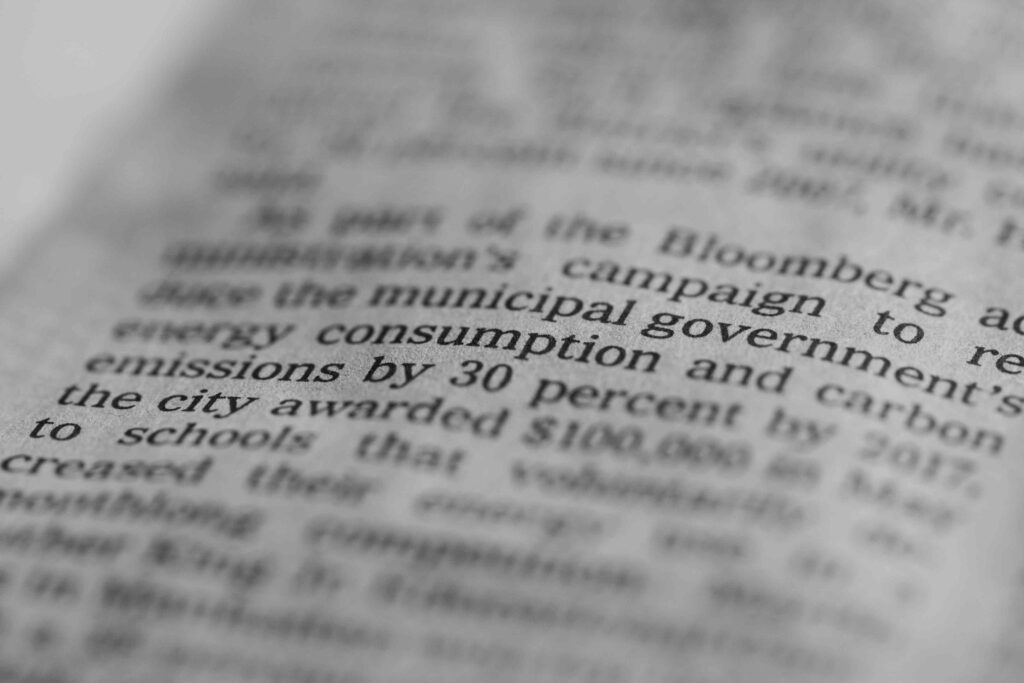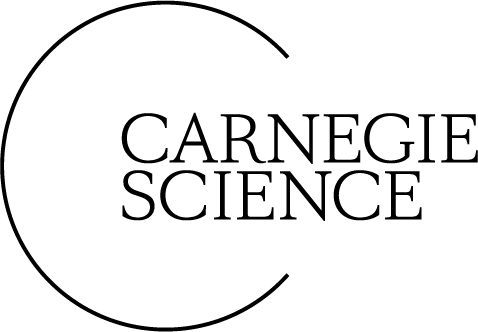
Climate Energy Lab
Science and analysis to help people and protect the environment.

The questions we ask are driven by our values, but we strive to provide answers that are independent of our values.
Ken Caldeira
We are scientists, engineers, and analysts who are interested in and concerned about climate, energy, equity and related issues. Several of us work in a group led by Ken Caldeira at Carnegie Institution’s facilities at Stanford University, but our collaborative team extends to Nate Lewis’s group at Caltech and others working at other institutions.
We try to provide value by engaging in research that provides actionable information addressing key questions for a transition to a world in which human needs are met and environmental assets protected.
Our primary tools are climate and other geophysical models, energy and electricity system models, parsimonious integrated assessment models, and back-of-envelope calculations.


Our research typically falls into one or more of three main categories:
Climate and geophysical modeling. What opportunities, challenges, and constraints do Earth’s biogeophysical systems present to us?
Energy and electricity system modeling. What actions should we take today if we want to transition to a net-zero emission energy system, taking into consideration deep uncertainty in future technology characteristics and sociopolitical dynamics, as well as “shallower” uncertainty such as weather variability and related factors?
Parsimonious coupled system modeling and analysis. This is a grab-bag of relative simple modeling and analysis studies aimed at addressing questions of relevance to climate, energy, and human well-being. This category includes parsimonious integrated assessment modeling and glorified back-of-envelope calculations.
Note: Climate-Energy.org functions as the web site of the group Ken Caldeira leads at Carnegie Institution for Science’s Stanford facilities, and also as the web site for our broader multi-institutional collaboration.
